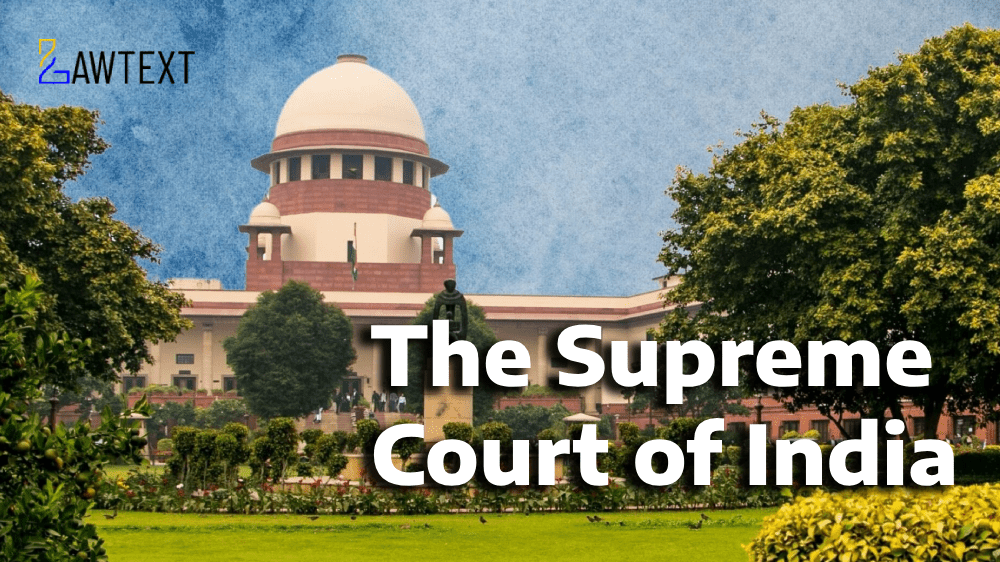Summary of Judgement
The Supreme Court of India, in a set of appeals arising from a dispute between VVF India Limited and its workmen's union, examined the jurisdictional boundaries of the High Court of Bombay in intervening in the decisions of an Industrial Tribunal. The appeals arose from judgments regarding wage revisions and other benefits for the company's employees. The court scrutinized the High Court's role in re-evaluating factual findings of the Tribunal, particularly the application of the industry-cum-region test for wage comparisons, and addressed the extent to which High Courts can substitute their own findings in place of those made by Tribunals.
1. Background of the Case:
- Origin of the Dispute: The case stemmed from a charter of demands raised by the VVF India Limited employees' union in 2008, seeking wage revisions and various allowances for workmen in the Sewree and Sion units of Mumbai.
- Tribunal’s Award (2014): The Tribunal granted some demands, including housing rent allowance, shift allowance, and medical benefits but rejected others such as basic pay revision and dearness allowance.
- High Court’s Intervention (2019): The High Court of Bombay set aside the Tribunal's decision on wage revisions, favoring the union’s demands and extending additional benefits to the workmen.
2. Employer's Appeal:
- Jurisdictional Challenge: VVF India Ltd. argued that the High Court exceeded its jurisdiction by reappreciating evidence and substituting its findings for that of the Tribunal, which is beyond the scope of judicial review under a writ petition.
- Comparability of Units: The employer contested the High Court's comparison of its Mumbai units with the Taloja unit and other companies, claiming these units were not similarly situated, especially after a corporate demerger.
3. Union's Argument:
- Support for High Court’s Role: The union argued that the High Court was within its rights to reassess factual issues, especially where the Tribunal had allegedly overlooked important considerations such as parity with similar units in the region.
4. Supreme Court’s Findings:
- High Court’s Scope of Review: The Supreme Court acknowledged that while High Courts have the authority to review factual determinations under Article 226, such powers should be exercised with caution, particularly in industrial disputes where specialized tribunals are the primary fact-finders.
- Application of Industry-Cum-Region Test: The Court emphasized that wage revisions should consider industry-cum-region standards, comparing similarly situated units while factoring in the financial capacity of the employer.
5. Conclusion:
- Judgment Reserved: The Supreme Court's final ruling addressed the appropriate limits of judicial review in industrial disputes, reinforcing that High Courts should not overstep their jurisdiction by extensively re-examining evidence or substituting their judgment for that of specialized tribunals.
Case Title: THE VVF LTD. EMPLOYEES UNION VERSUS M/S. VVF INDIA LIMITED & ANR.
Citation: 2024 LawText (SC) (4) 92
Case Number: CIVIL APPEAL NOS. 27 44 - 2745 OF 2023 WITH CIVIL APPEAL NO. 27 5 4 OF 2023
Date of Decision: 2024-04-09

